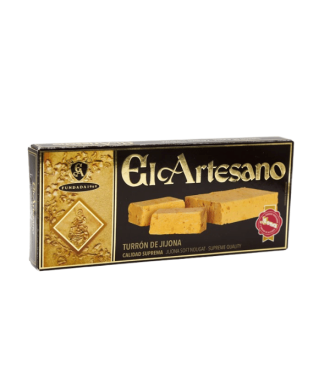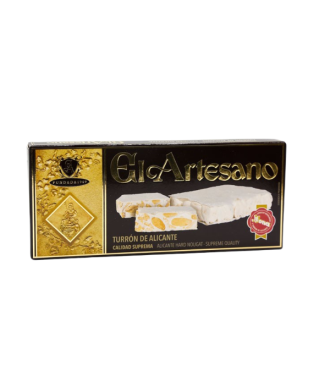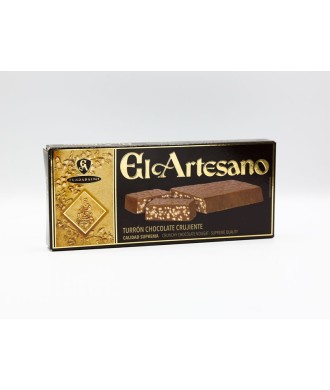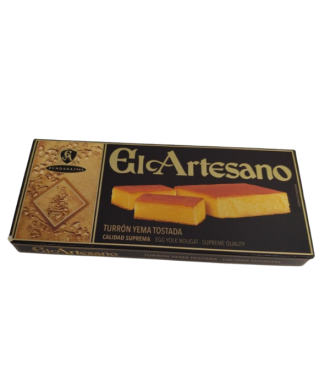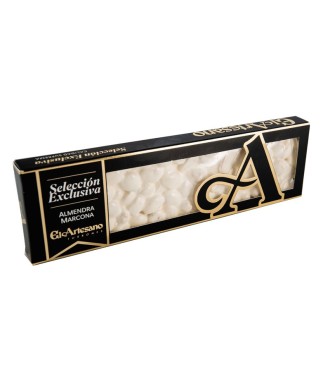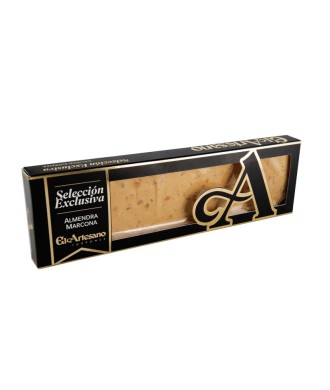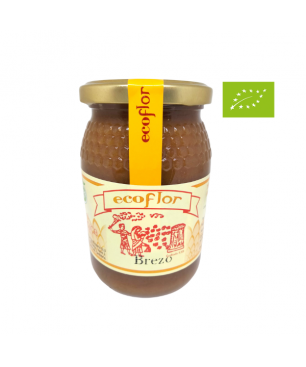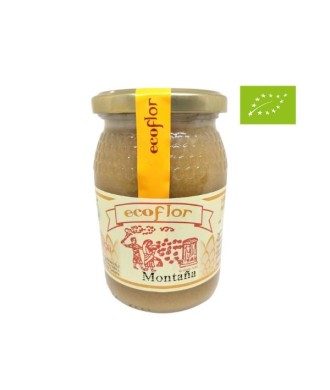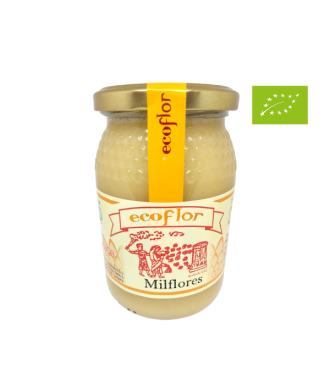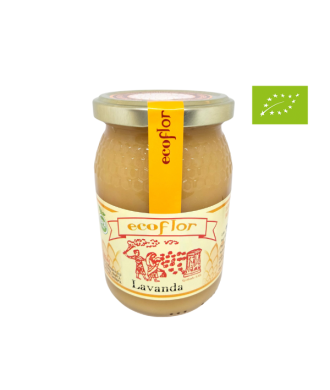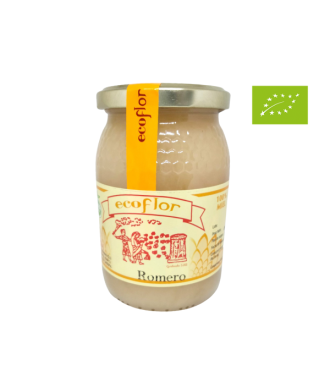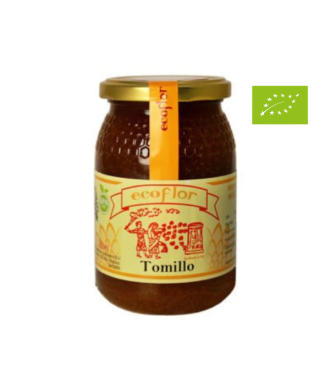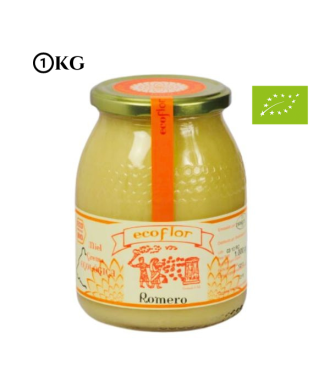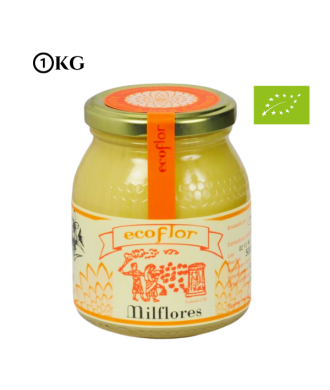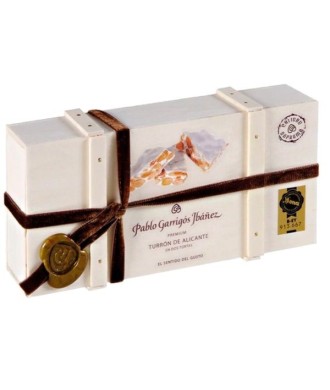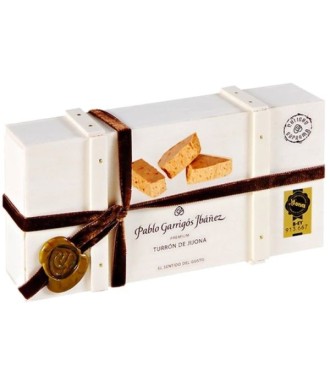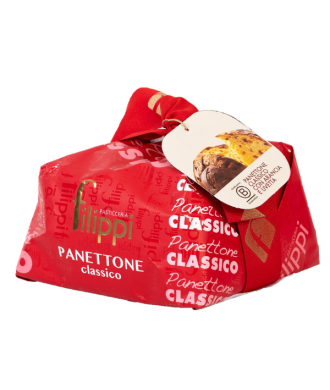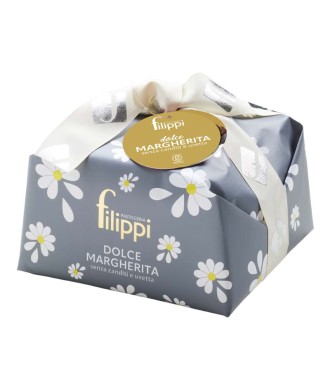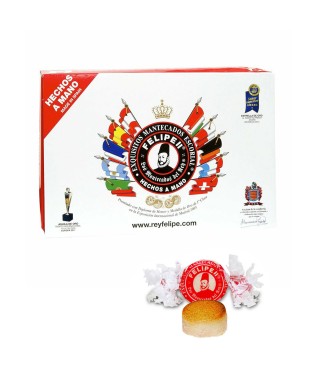This website uses its own and third-party cookies to improve our services and show you advertising related to your preferences by analyzing your browsing habits. To give your consent to its use, press the Accept button.
Cookie preferences
| Cookie | Provider | Purpose | Expiry |
|---|---|---|---|
| PHP_SESSID | www.jamonarium.com | The PHPSESSID cookie is native to PHP and allows websites to store serialised status data. On the website it is used to establish a user session and to pass state data through a temporary cookie, which is commonly known as a session cookie. These Cookies will only remain on your computer until you close your browser. | Session |
| PrestaShop-# | www.jamonarium.com | This is a cookie used by Prestashop to store information and keep the user's session open. It stores information such as currency, language, customer ID, among other data necessary for the proper functioning of the shop. | 480 hours |
| rc::a | It is used to read and filter bot requests. | Persistent | |
| rc::c | It is used to read and filter bot requests. | Persistent |
| Cookie | Provider | Purpose | Expiry |
|---|---|---|---|
| ads/ga-audiences | These cookies are used by Google AdWords to re-engage visitors that are likely to convert to customers based on the visitor’s online behaviour across websites. | Session |
| Cookie | Provider | Purpose | Expiry |
|---|---|---|---|
| _ga | Registers a unique ID that is used to generate statistical data on how the visitor uses the website. | 2 years | |
| _gat | Used by Google Analytics to throttle request rate | 1 day | |
| _gat_gtag_UA_# | Used to throttle request rate. | 1 minute | |
| _gd# | This is a Google Analytics Session cookie used to generate statistical data on how you use the website which is removed when you quit your browser. | Session | |
| _gid | Registers a unique ID that is used to generate statistical data on how the visitor uses the website. | 1 day |
Excellent 
-
Ham
- Whole with bone
-
Boneless
- Cut in slices
- Whole sliced
- Ham types
-
Bellota Ibérico 100% Pata Negra Ham
-
Jabugo (Huelva) Ham
- Salamanca Hams
- Extremadura Hams
- Los Pedroches
- .Jamón ecológico
- Bellota Ibérico 50% Ham
- Cebo de Campo ibérico Ham
- Cebo ibérico Ham
- Serrano Gran Reserva Ham
- Jamones Joselito
- Sausages
- Whole Dry-cured Sausage
- Sliced Dry-cured Sausage
- Iberico sausages
- León Sausages
-
Types of sausages
- Cheeses
- Whole cheese
- Cheese in portion
- Sheep Cheese
- Cow Cheeses
- Goat Cheeses
- Dry Cured Cheeses
- Semi Cured Cheeses
- Cheese Packs
-
Cheese Brands
- DO Idiazabal
- Sant Gil Albió
- Mas El Garet
- Viriato
- Zanetti
- Dorrea
- Beiardi
- Rosario Castaño
- Other cheese brands
- Gourmet
- Foie Gras & Pâtés
- Seafood
-
Spanish Canned Fish
- Tradicional Dishes
- Olives & Appetizers
- Pulses & Vegetables
- Deserts
- Packs with Gourmet Products
- Gourmet Cans in BOXES
- Gourmet - Brands
- Ramón Peña
- Mas Parés
- Agromar & Arbeyal
- Imperia
- Dardo
- Ortiz
- Paco Lafuente
- Yurrita
- Marzo
- Casa Riera Ordeix
- Frinsa
- Ribeira
- Herpac
- Greco Foie Gras
- La Luna
- Los Peperetes
- Bodega Coruña del Conde
- Pago de los Capellanes
- Oil
- Arbequina
- Picual
- Cornicabra
- Manzanilla
- Vinegar and dressings
- Hojiblanca
- Coupage
- Organic
- Olive oil in BOX
- Olive oil in Cans
- Large Format Olive Oil
- Premium Olive Oil
- Olive Oils with Awards
- Olive Oil Packs
-
The best oil mills
- Wines
- Spanish red wine
- White wine
- Canned Wines
- Vinos Rosados
- Sparkling wine (Cava)
- Organic wines
- Natural wine
- Classic wines
- Sangría
- Vermouth
- Whisky
- Wine packs
-
Wine BY BOX
- Price
- Origine
- D.O. Rioja
-
D.O. Ribera del Duero
- D.O. Priorat
- D.O. Somontano
- D.O. Empordà
- D.O. Rias Baixas
- D.O. Bierzo
- D.O. Montsant
- D.O. Rueda
- D.O. Penedés
- D.O. Terra Alta
- D.O. La Mancha
- D.O. Cava
- Other D.O.
- Accessories
SearchSay something...
Nothing found. Please repeat.
Unsupported browser. Sorry...
WishListCart 0There are no more items in your cart
Blog navigationWhat are the typical Carnival plates in Spain?
Today, the carnival is mainly associated with the fun of the kids in the house. At this time, painted faces with their fun outfits are very common. However, we have an infinity of typical products during these dates in Spain. Meat products take on a special role and that is why we can find many dishes with it.
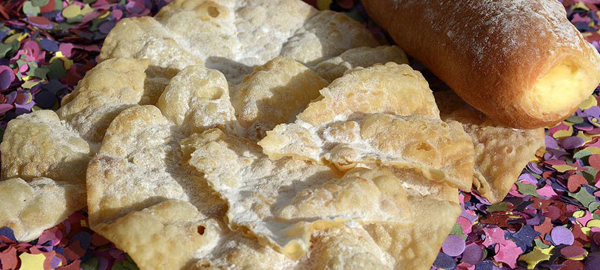
What is the origin of the carnival?
Well, the carnival always takes place a few weeks before Lent and usually takes place between the end of February and the beginning of March. The Thursday before Ash Wednesday the carnival begins, also known as Fat Thursday. Its meaning makes reference to the act of "enjoying eating meat" before the Lenten period. This is the reason why there are so many meat products typical of this time. Interesting, right?
Carnival recipes by areas of Spain
Savory carnival recipes
- Botifarra d'ou: Its name in Catalan means "egg sausage". It is one of the most typical products of Catalonia during carnival season and is made using minced pork (using bacon, fat and jowls), eggs, salt, pepper and more spices.
- Ensaimadas de Tallades: It is a very typical dish during the carnival period in Mallorca. It is made in the same way as the Mallorcan ensaimadas, but with the peculiarity of adding sobrasada and pumpkin.
- Farcit de Carnaval: This sausage is typical of the Catalan Pyrenees. It is made using bread, some parts of the pig, eggs, rice, garlic, pepper and parsley.
- Antruejo soup: This is a typical dish from Badajoz that is consumed during carnival and is also known as carnival soup. It is made using knuckle, chorizo, boiled eggs, onion and bread.
- Entroido stew: It is a typical Galician dish, although it is also consumed during the rest of the winter. The ingredients that cannot be missing in any good entroido stew are turnip greens, chickpeas, pork, chorizo and potato. The rest of the ingredients used may vary depending on the area of Galicia, such as botillo, butelo, chosco or androlla, typical galician sausages.
- Longaniza al puchero: In the Aragón area there is a tradition of having stews with longaniza on Fat Thursday. Longanizas, chorizos and blood sausages take on an important role at this time of year and there are several recipes in which they are very present, such as in carnival crespillos.
Carnival sweet recipes and desserts
- Carnival curd: It is made using the leftovers from Christmas sweets, which is recommended to be served in typical Granada pottery. In addition, milk, pumpking and syrup, lemon rind, eggs, cornflour, sugar and almonds are used for this preparation.
- Buñuelos de Águilas: This dish is sweet, typical of the Murcia area. It is made using eggs, milk, oil, flour, yeast and sugar. From this area we can also find the paparajotes.
- Canarian tortillas: In this compilation, a typical dish of Canarian gastronomy, one of the most famous carnivals in our country, could not be missing. They are made using eggs, flour, sugar, milk, anise, cinnamon and honey. Among its most typical dishes, we will also find honey soups or pumpkin toasts.
What dishes are typical in your area? We are looking forward to hearing from you!
Related products
Turrón Jijona Nougat El Artesano 200g, IGP Jijona Nougat
Price: €6.50(27)The Turrón "nougat" from Jijona 200 g El Artesano is a classic that cannot...Alicante Nougat El Artesano 200g , IGP Jijona Nougat
Price: €6.50(23)The Turrón "nougat" from Alicante 200 g El Artesano is a classic that cannot...Crunchy chocolate turrón "nougat" 200g El Artesano
Price: €6.50(2)The Crunchy chocolate turrón "nougat" 200 g El Artesano cannot be missing...Toasted Egg Yolk ''Nougat'' 200g El Artesano
Price: €6.50(1)El Catalan Toasted Egg Yolk ''Nougat'' 200g El Artesano cannot be missing...Turrón "Nougat" from Alicante with marcona almonds 67% 220g El Artesano, IGP Turrón de Jijona
Price: €9.50(2)The Turrón "Nougat" from Alicante with marcona almonds 67% 220g El Artesano...Jijona turrón "nougat" with marcona almonds 70% 220g El Artesano, PGI Turrón de Jijona
Price: €9.50(6)The Jijona turrón "nougat" with marcona almonds 70% 220g El Artesano is a...Organic Monofloral Heather Honey 500g, Miel Ecoflor
Price: €8.45This organic monofloral heather honey 500g, comes from the nectar of...Organic Mountain Monofloral Honey 500g, Miel Ecoflor
Price: €7.70This Organic Mountain Monofloral Honey 500g is a type of dark, dense and...Organic Milflores Honey 500gr, Miel Ecoflor
Price: €7.50(1)This Organic Milflores Honey 500gr is a type of honey with a mild and...Lavender monofloral honey 500gr, Miel Ecoflor
Price: €7.95This Lavender monofloral honey 500gr is a type of honey that comes from the...Rosemary monofloral honey 500gr, Ecoflor Miel
Price: €9.15(2)This Rosemary monofloral honey 500gr is a type of honey that comes from the...Organic Thyme Monofloral Honey 500g, Miel Ecoflor
Price: €8.45(1)This organic Thyme monofloral honey 500g comes from the nectar of different...Rosemary monofloral Honey Ecological 1kg, Ecoflor Honey
Price: €14.95(1)The organic rosemary monofloral honey of 1kg, is a beekeeping product from...Milflores Honey Organic 1kg, Ecoflor
Price: €12.30The organic mil flores honey of 1Kg Ecoflor, is a very special honey....Premium Alicante Nougat Pablo Garrigós 300g , IGP Jijona Nougat
Price: €20.90(4)The Premium Alicante Nougat 300g by Pablo Garrigós, IGP Jijona Nougat...Premium Jijona Nougat Pablo Garrigós 300g, IGP Jijona Nougat
Price: €20.90(5)The Premium Jijona Nougat 300g by Pablo Garrigós, IGP Jijona Nougat. This...Panettone Classico 500gr, Filippi
Price: €21.50(1)The Panettone Classico 500gr Filippi, is the ultimate expression of the...Panettone Filippi Dolce Marguerita 750gr
Price: €26.50The Panettone Filippi Dolce Marguerita is a simple, fragrant and light like...Panettone Chocolate and Coffee 500g, Filippi
Price: €24.50The Panettone Chocolate and Coffee 500g by Filippi is a delicious option to...Nougat Mantecados Escorial, Felipe II 500g
Price: €39.90(2)El Mantecado Escorial, Felipe II 500g is a classic that cannot be missing...Related posts
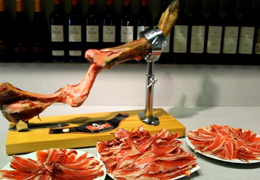 How can we use serrano and ibérico bellota spanish ham bone?
28/02/2018649 LikesAmong gastronomy, cookers and gourmet fooding lovers; it is well known the bone of iberico de bellota and serrano...Read more
How can we use serrano and ibérico bellota spanish ham bone?
28/02/2018649 LikesAmong gastronomy, cookers and gourmet fooding lovers; it is well known the bone of iberico de bellota and serrano...Read more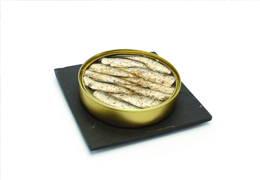 Canned sardines and fish: a brief explanation
Posted in: Other26/06/2017729 LikesSardines and anchovies are very appreciated in and outside Spain. I propose to get into the history of Sardinophilie...Read more
Canned sardines and fish: a brief explanation
Posted in: Other26/06/2017729 LikesSardines and anchovies are very appreciated in and outside Spain. I propose to get into the history of Sardinophilie...Read more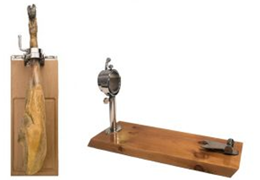 How to choose your perfect ham holder? Over-table or wall ham holder?
06/07/20171048 LikesWith the arrival of winter, festivities and christmas holidays we love enjoying the best fooding products as hams....Read more
How to choose your perfect ham holder? Over-table or wall ham holder?
06/07/20171048 LikesWith the arrival of winter, festivities and christmas holidays we love enjoying the best fooding products as hams....Read more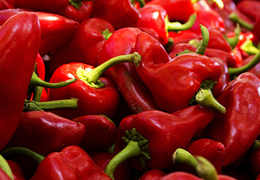 Peppers and Mediterranean diet. Why are they so important?
Posted in: Other13/03/2017741 LikesPeppers are one of the main summer ingredients. Cooked or raw, both ways are delicious. With fresh,or cooked meals,...Read more
Peppers and Mediterranean diet. Why are they so important?
Posted in: Other13/03/2017741 LikesPeppers are one of the main summer ingredients. Cooked or raw, both ways are delicious. With fresh,or cooked meals,...Read more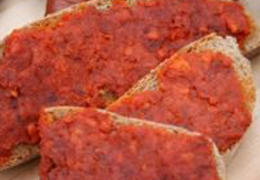 Sobrassada: a Balearic delicacy
Posted in: Other19/07/2014585 LikesSausages are delicious, right? In sandwich, with some bread, some others with anything else... but today we are going...Read more
Sobrassada: a Balearic delicacy
Posted in: Other19/07/2014585 LikesSausages are delicious, right? In sandwich, with some bread, some others with anything else... but today we are going...Read more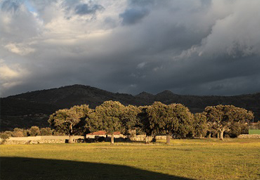 The Dehesa a unique ecosystem
24/11/2016746 LikesThe Dehesa is the natural habitat of the Iberian pig, it is a unique ecosystem that is only found in the Iberian...Read more
The Dehesa a unique ecosystem
24/11/2016746 LikesThe Dehesa is the natural habitat of the Iberian pig, it is a unique ecosystem that is only found in the Iberian...Read moreChat with us on WhatsApp
Call us or leave your details and we'll call you back asap
- Price
- Wines
- Cheeses
-
Jabugo (Huelva) Ham






